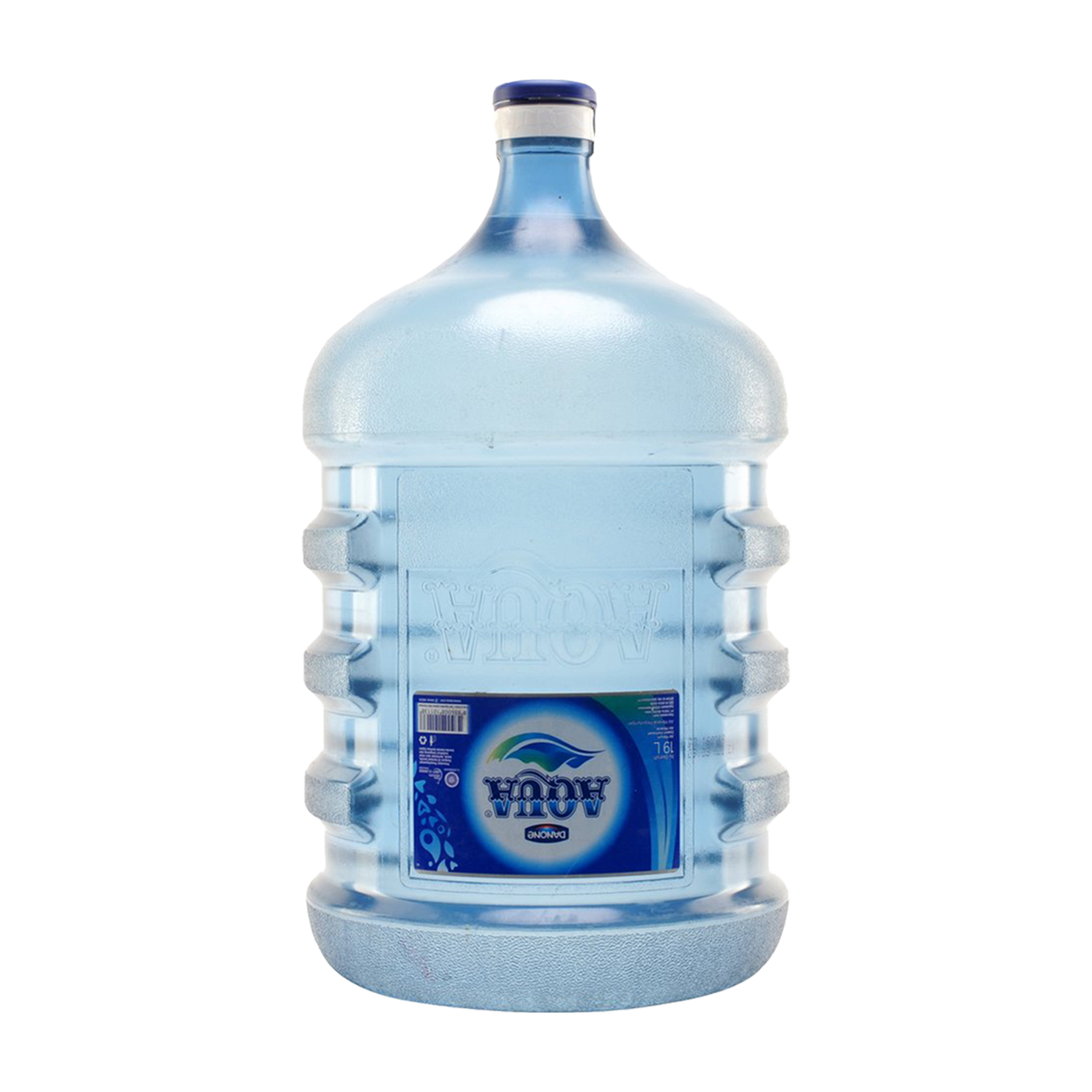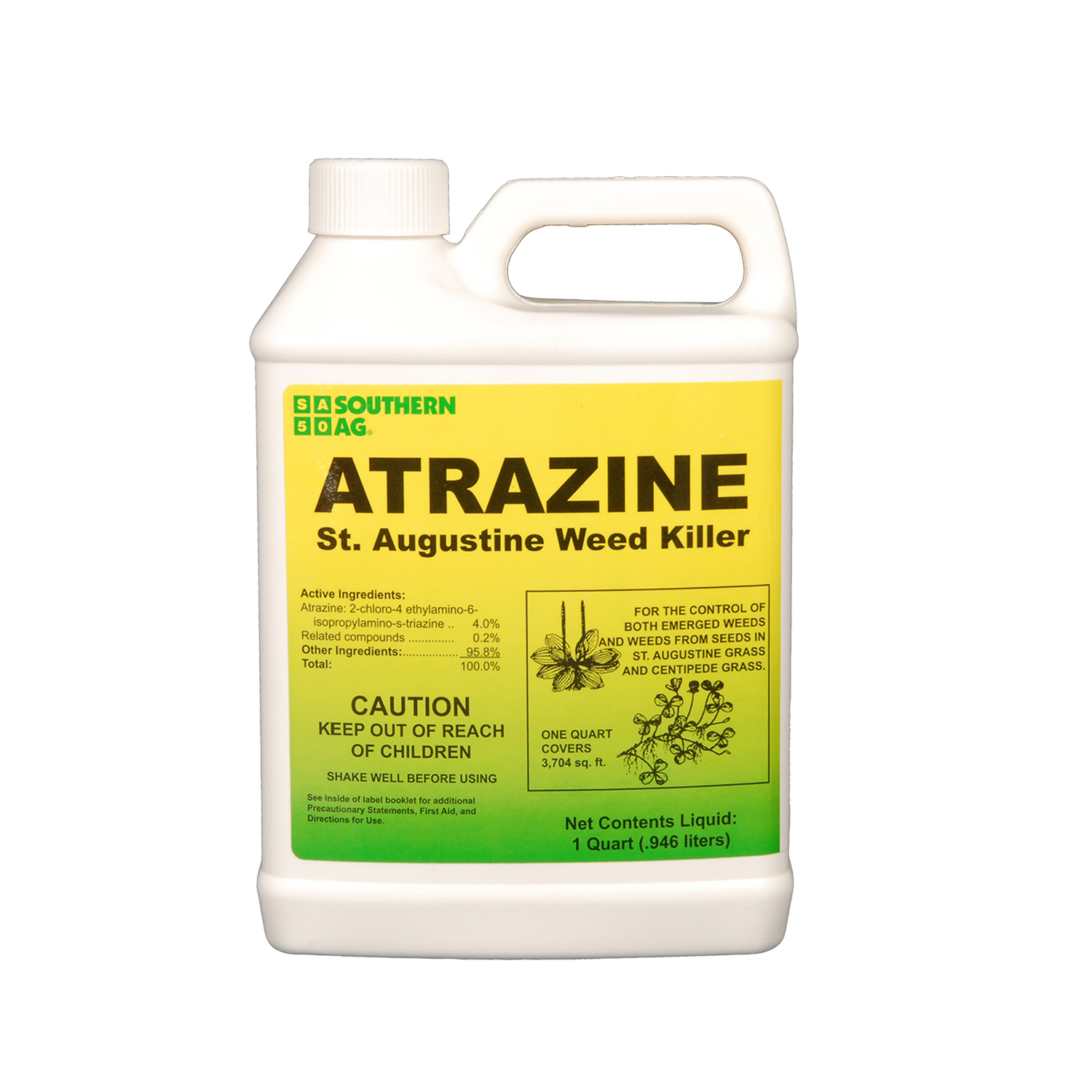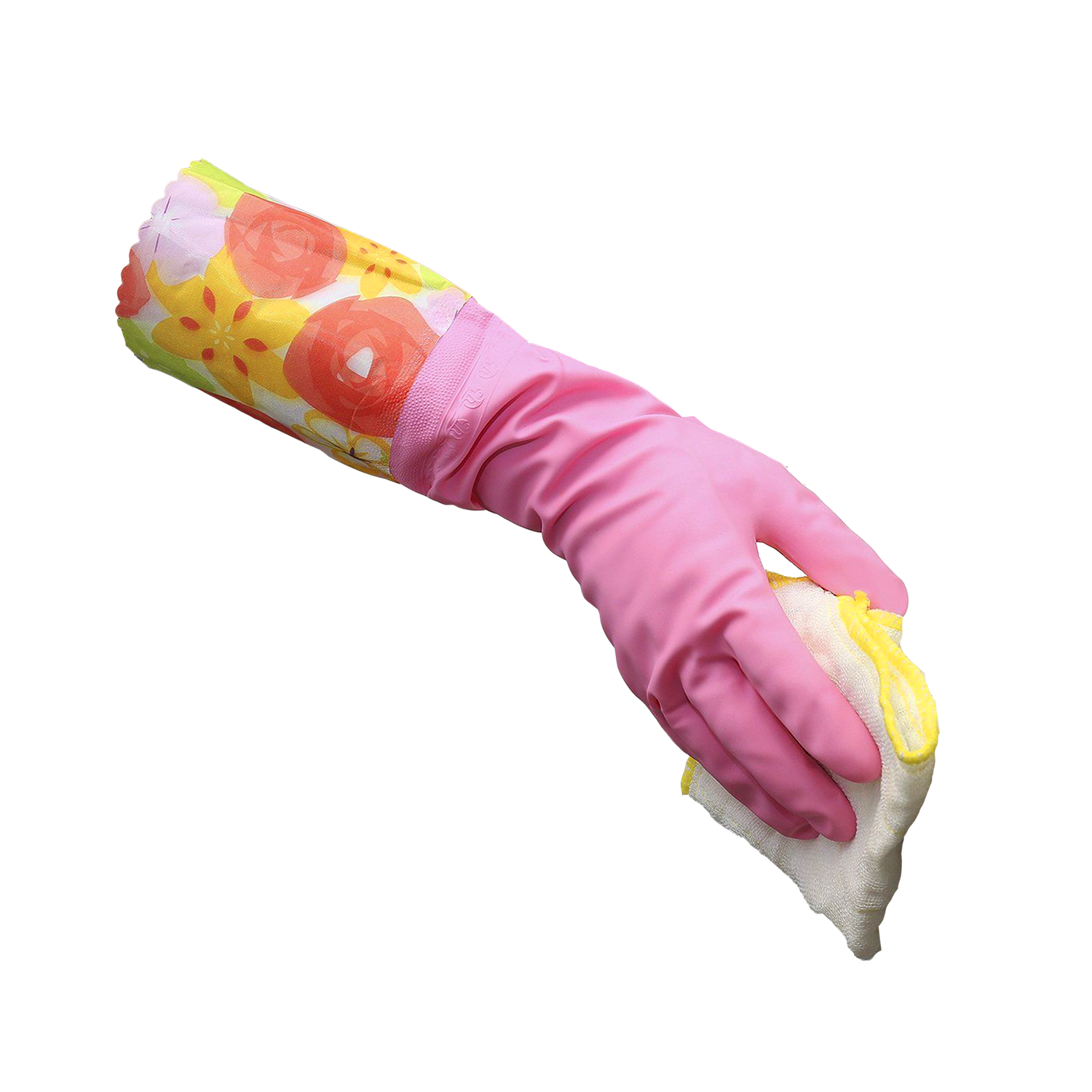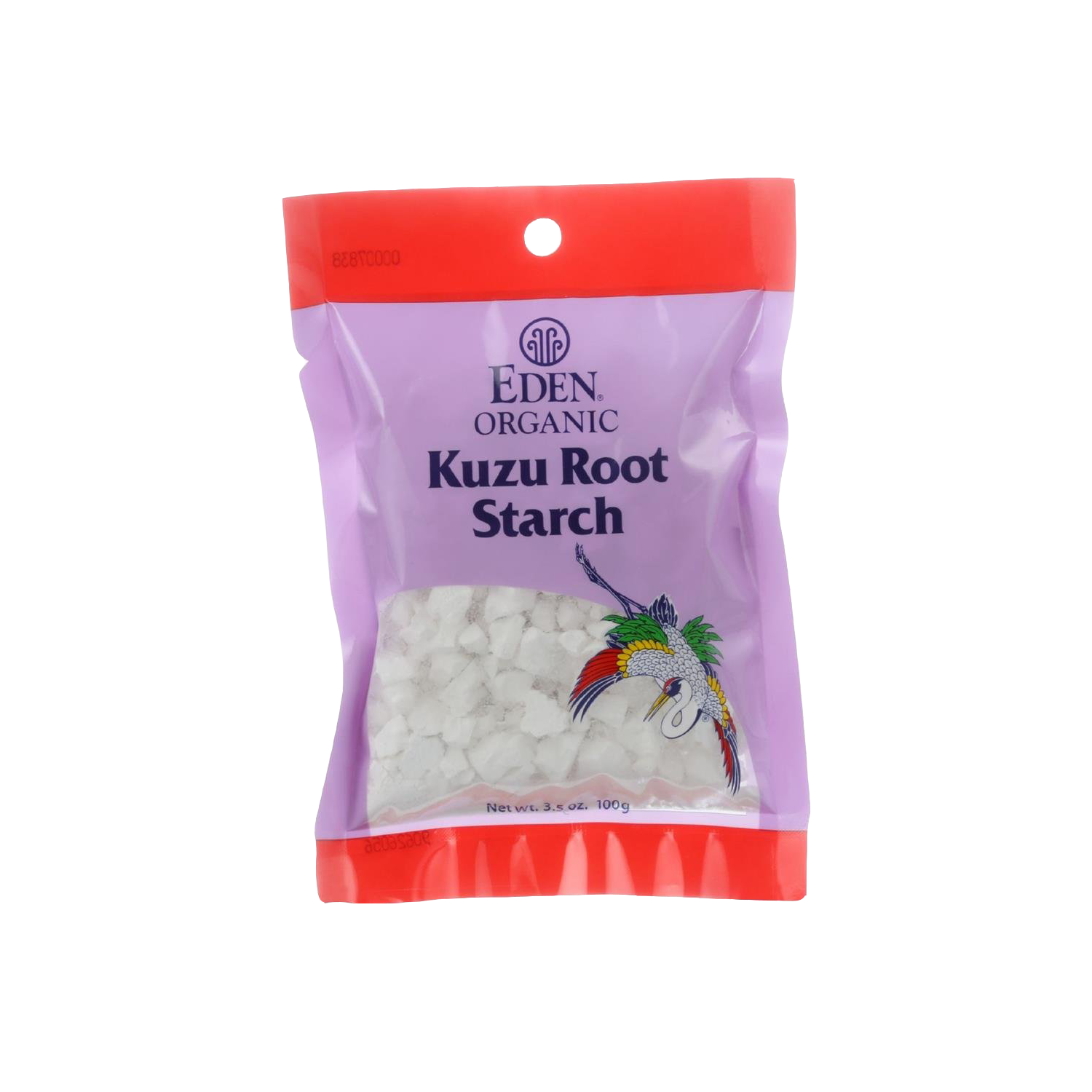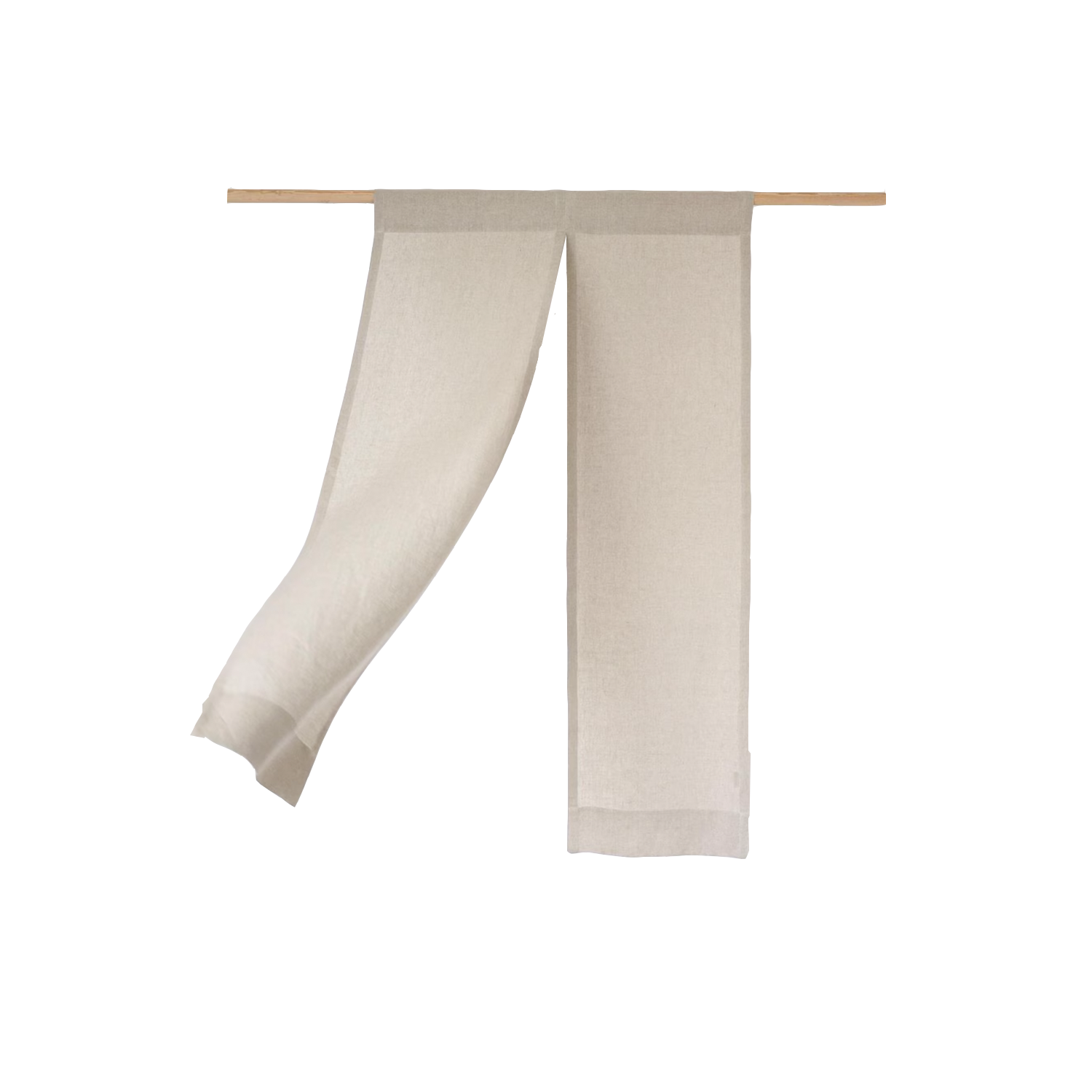BECOMING WITH FUNGI
A COL-LABORATORY WITH PAULA PIN + RIAN HAMMOND @ HANGAR.ORG PROTOTYP_OME RESIDENCY MAPPING TENTACULAR CONNEXIONS BETWEEN HUMAN-FUNGI-TOXICO-ENCOUNTERS


Several species of white-rot fungus are known to be able to break down toxicities such as xenoestrogens or endocrine disrupting compounds (EDC’s). One species of white-rot fungus, Schizophyllum commune, grows on almost every continent in the world, has over 28,000 sexes, and has a variety of human applications - cheese-making, prevention of thrombosis, boosting immunity, aiding against cervical cancer, and even petroleum extraction - in addition to being able to digest EDC’s. In September 2017, artist Mary Maggic and Rian Hammond joined a Barcelona residency Prototyp_ome in collaboration with Hangar.org and Paula Pin from Pechblenda to investigate the many properties of Schizophyllum as well as Oyster mushroom (Pleurotus ostreatus) in order to imagine new cross-species narratives and toxic entanglements, much of which are non-binary.
:::::::: PROTOTYP_OME DOCUMENTATION ::::::::

Overview of experiments performed during Prototyp_ome Residency:
- Making cheese with anti-cancer, anti-thrombin properties
- Fungi cultivation in urine and coconut water
- Decolorization assays with Remazol blue
- Xenoestrogen extractions from plastics, cosmetics, and river water
SCHIZOPHYLLUM CULTIVATION

Innoculating schizophyllum commune mycelia in coconut water stained with remazol blue indicator -- we will check in couple days if blue dye disappears, then it indicates proper growth of the fungi to digest the blue dye.
-- Production guide for Schizophyllum commune (2007)
-- In coconut water: Coconut Water as a Novel Culture Medium for the Biotechnological Production of Schizophyllan (2009)
-- Cheese-Making: Characteristics of a Cheese-Like Food Produced by Fermentation of the Mushroom Schizophyllum commune (2001)
-- Make silver nanoparticles: Green synthesis of silver nanoparticles using the mushroom fungus Schizophyllum commune and its biomedical applications (2015)
LIGNOCELLULOLYTIC ENZYMES of mushrooms for the degradation of toxicities like BPA and ATRAZINE
PET plastic bottles cooked for one hour in water (do outside, wear protection!!) is then filtered through C18 cartridges using mini peristaltic pump. Then the plastics are eluted with methanol into glass Petri dish and allowed to evaporated overnight. Redissolve in DMSO if wish to entangle with yeast biosensors or lignin-degrading schizo mushrooms !
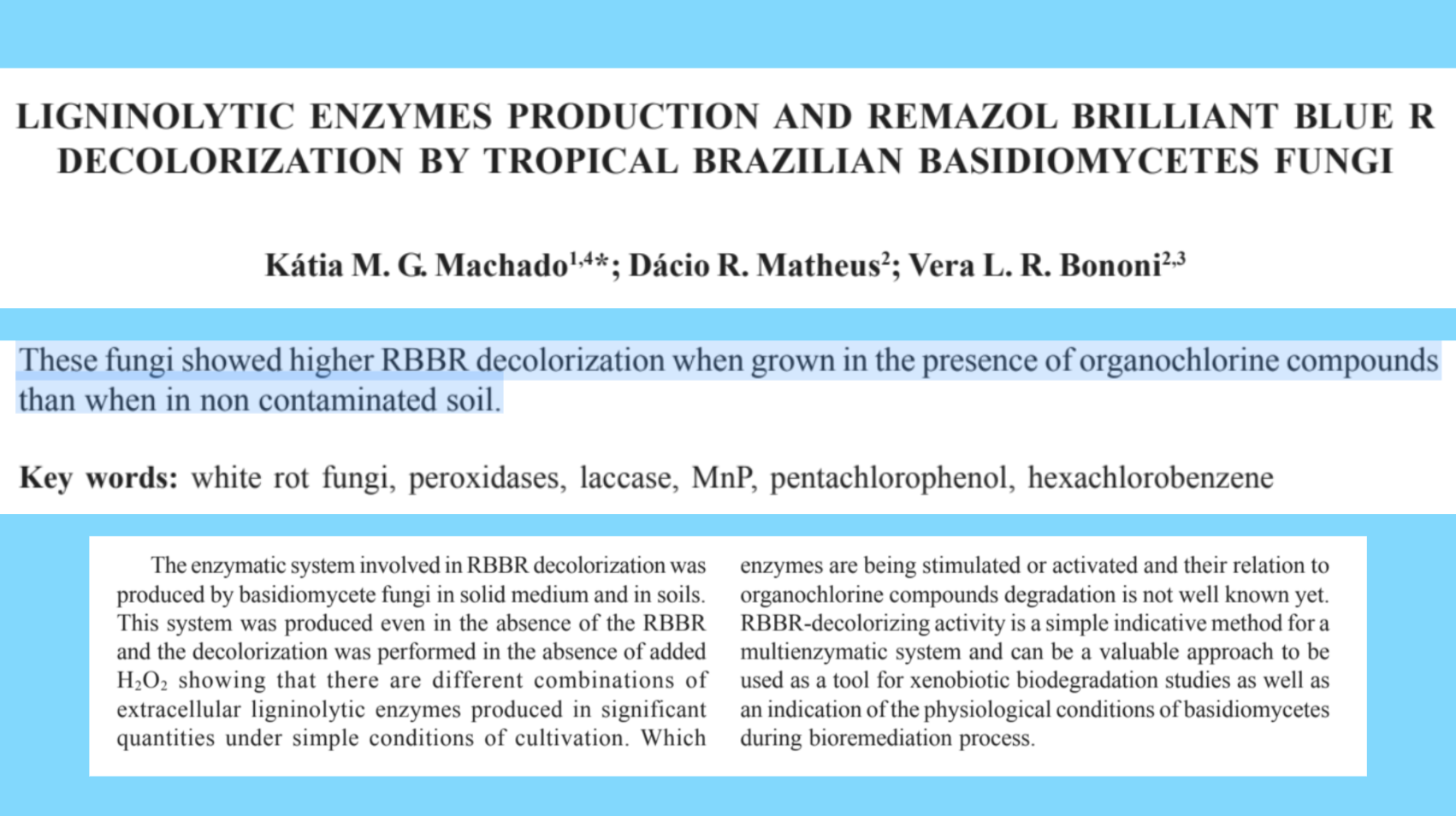
-- Degradation of Bisphenol A by the Lignin- Degrading Enzyme, Manganese Peroxidase, Produced by the White-rot Basidiomycete, Pleurotus ostreatus (2000)
-- Biodegradation of Endocrine-disrupting Bisphenol A by White Rot Fungus Irpex lacteus (2007)
-- Removal of estrogenic activity from endocrine-disrupting chemicals by purified laccase of Phlebia tremellosa (2008)
-- Comparative analysis of the secretomes of Schizophyllum commune and other wood-decay basidiomycetes during solid-state fermentation reveals its unique lignocellulose-degrading enzyme system (2016)
SCHIZOPHYLLAN (SPG), the ANTI-TUMOR polysaccharide

-- Clinical evaluation of schizophyllan combined with irradiation in patients with cervical cancer (1986)
-- Antitumor polysaccharides from mushrooms: a review on their isolation process, structural characteristics and antitumor activity (2006)
-- Production of schizophyllan using Schizophyllum commune NRCM (2008)
-- Antitumor polysaccharides from mushrooms: a review on their isolation process, structural characteristics and antitumor activity (2006)
-- Production of schizophyllan using Schizophyllum commune NRCM (2008)
HACKING WITH CARE
BIOFRICTION PROGRAM @ HANGAR.ORGin collaboration with Paula Pin

Using the previous protocol on solid phase extraction, we prepare a xenoestrogen cocktail that is administered to the schizophyllum mycelium, plated on MEA plates stained with remazol blue, a known EDC (endocrine disrupting compound). We test our hypothesis, speculating that the plates with xenoestrogens would activate the fungi’s lignin-disgesting enzymes, speeding up the rate of decolorization. Participants brought home two plates (control and experimental) to observe and compare the color change over time.



